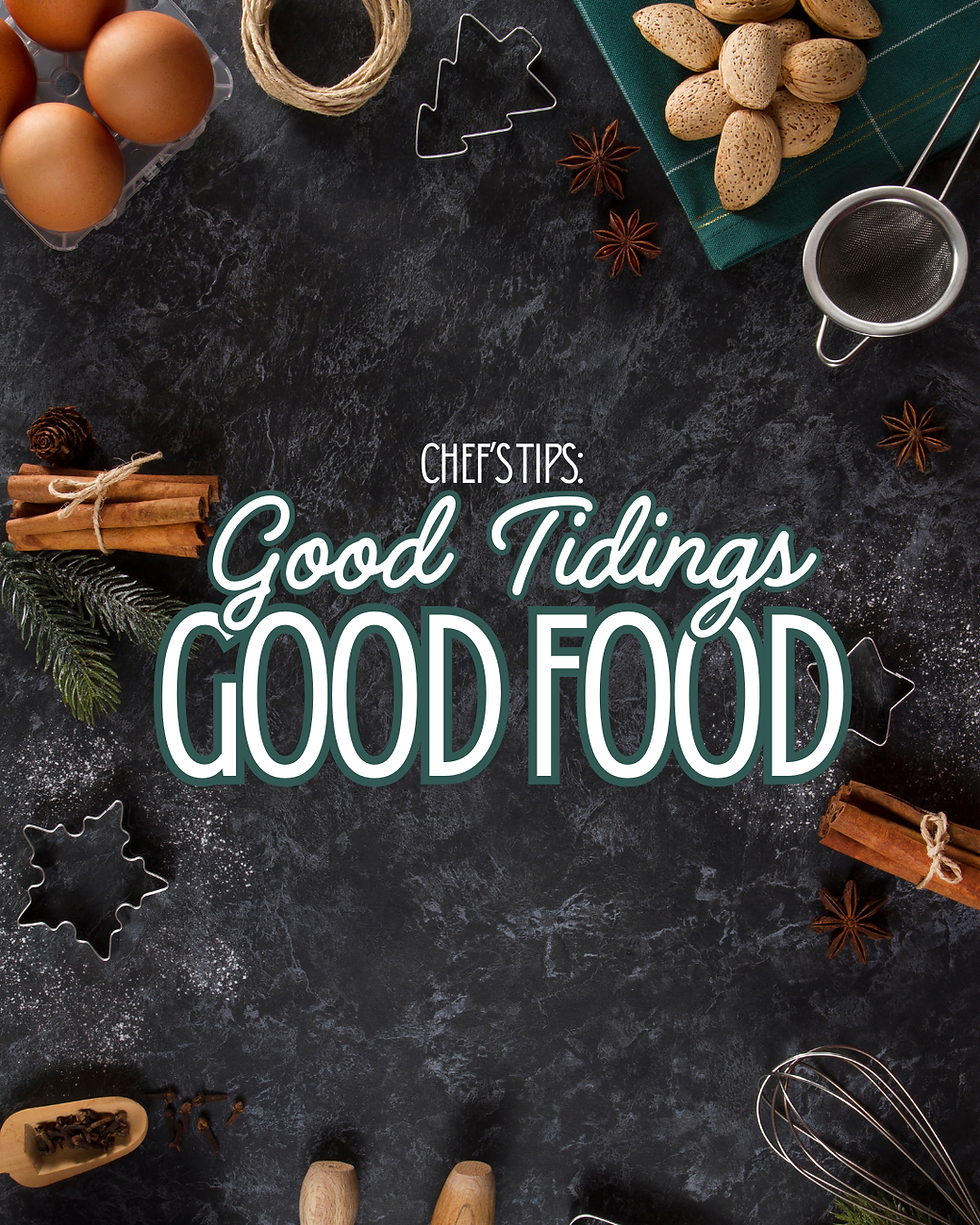The Great Without: Alcohol-Free Wines, Beers, and Spirits are Here to Stay
- Tom Firth

- Jan 15, 2024
- 4 min read

Sugar-free gum, scentless soaps, nut-free this and meat-free that, even gluten-free bread is everywhere. Our lives seem to be filling up with things that aren’t there, and it’s no different with alcohol-free options. Our shelves are bustling with new, fresh examples of alcohol free wine or beer, and yes, I’ll admit to struggling a little with some alcohol-free spirits – but they are out there. These may be disdained by the beverage enthusiasts, but brewers, distillers, and wineries are choosing to not miss out on this growing category.
Alcohol has several roles in the organoleptic value of wine. Organoleptic meaning the sensory components, the smells, the tastes, and yes, the “feel” of a wine. Besides being an intoxicant, alcohol evaporates at a lower temperature than water making it a wonderful vehicle for all sorts of complex aromas and tastes that piggyback from the liquid in the glass to the sensory organs in your nose and mouth. It adds “body” to the wine and a richer, more viscous, mouthfeel. Together, this all adds up to what we call balance in our drinks. To many, alcohol – at least at lower amounts, also tastes good. Take away a significant leg (pun intended for those serious wine drinkers), and the whole structure becomes unstable – making that perceptible “hole” in alcohol free beers, wines, and spirits.
Back in the summer of 2023, Italian wine trendsetter and tastemaker publication, Gambero Rosso published a rather scathing assessment of non-alcoholic wine, and rightly they point out that in Italy, it can’t be called wine, and they do acknowledge that outside of Italy (but not really – gasp – within Italy!) there is a growing market for non-alcoholic alternatives for the consumer that aren’t soda pop. They also failed in another regard: how do you accurately compare a wine made from grapes, fermented with care, evoking terroir, to another bottle that is missing about 10-17 percent (by volume) of a key ingredient that makes wine… wine?
So, they really missed the point. These aren’t wines that are lesser because they are missing something, these are an alternative for beverage seekers, who – for whatever reason – are making a choice to not consume alcohol for a lifestyle choice, moderation, responsibility, or religious, health or personal reasons - but still want a grown-up drink. These are alternative drinks that are getting closer and closer to traditional, alcoholic beverages.
Also in the summer of 2023, the BBC published a story about how France is setting aside about 200 million Euros to destroy surplus wine and to convert vineyards to other (food) crops. They’ve done this before, but this time around, it comes alongside falling consumption. European Commission data for the year to June shows that wine consumption has fallen 7 percent in Italy, 10 percent in Spain, a whopping 15 percent in France, and finally 22 percent in Germany, and by over a third – 34 percent in Portugal, while wine production in the EU increased by 4 percent It seems that in several ways – the “wine lake” is back and bigger than ever. But this time it’s not soaring production that is causing it, but declining consumption.
Finally, in England, long a bastion of trendsetting and tradition in the world of fine alcoholic beverages (and a nexus of sorts in fine mixology) is changing their definition of “wine” to include products that have less than 8.5 percent (there were some small exceptions prior) and this will happen in 2024. Previously, those lower alcohol offerings could be called a “wine-based drink” but aside from being a completely unappealing name for those beverages, their studies found that consumers weren’t too confused by these lower alcohol offerings, and the change will also allow naturally lower alcohol wines as well as alcohol reduced wines to simply be called “wine”. That’s a win.
On Alberta’s shelves, we are seeing more and more of these alternative drinks, including wine, beer, spirits, ready to drinks, and so on. According to Mark Kuspira of Crush Imports and their non-alcoholic portfolio Soft Crush, the time is now with more consumers looking at “mindful drinking” and a step away from the over-indulgence many enjoyed during COVID-19. Even noting that “Multinationals like Tanqueray and Guinness are seeing market share for alcohol-(ic beverages) decline”.
Over at Wine Alliance – another importer who has a significant portfolio of non-alcoholic products, owner Marina Beck agrees. “For the last five years, we’ve seen steady and constant growth (in non-alcoholic beverages). Having the freedom to choose when to consume alcohol or not has become socially acceptable and common in today’s social interactions.”
The world of beverages has its own share of fads and next best things, and the history of alcohol is littered with styles or products that never caught on or stayed in the limelight. The non-alcoholic products were historically among the worst, yet both Beck and Kuspira are feeling confident about the trend as quality continues to improve and producers are making significant investments into alternative categories, Kuspira sharing that “Now we have products that are (made from) real wine and distillates that happen to be de-alcoholized. These are real vinifera grapes being harvested and fermented not just left over must.” While Beck adds, “We curate delicious quality beverages with alcohol, I feel it is our responsibility to find and curate alternative beverages for (consumers) - whatever their reasoning.”
Wine, and most alcoholic beverages for many years, have had the role of “social lubricant” in many get togethers, occasions, and gatherings, and a little liquid courage for those facing a little anxiety, or even a teensy bit of a grown-up beverage that can make it a little easier to fit in (or get along) with the crowd. Generally, post COVID we aren’t gathering quite the same way as we used to, and people are more likely – when they do gather, to do so with smaller groups, and yes – even with more selective groups. That lubricant isn’t quite as crucial for some.
Myself? I am a shade under 50 these days, I’ve been seriously in the beverage industry since 1996, and I still love a great glass of wine or two, I have a weakness for a decent negroni, Irish whisky, and a good, locally made pale ale, but the times they are a-changing, and the time is ripe for more options – no matter the reason someone might abstain.
Dry Drinking
Understanding what is out there in the non-alcoholic alternative beverage sector can be pretty tricky, and there can be a lot of experimentation to find drinks that resonate with you and your palate. Keep in mind that some of these products may not entirely “mimic” traditional styles or products but can be viewed as a fresh take on those styles.
Some of these products may be available at your local grocer, your local liquor store, or even direct from the producer in the case of locally made products. Prices are approximate.
READ MORE
Lautus De-alcoholized Charonnay, South Africa
Showing off good representation of the grape with a gentle expression of fruits and a little smidge of creaminess and weight on the palate. A year-round sipper and should prove quite flexible at the table too. About $24
Ones + Sparkling Rose, British Columbia A fairly recent addition to our landscape, Ones is also using BC Wine for their non-alcoholic wines. Another good way to use local! Quite dry, and rather lightweight with a short and crisp finish. About $7.50 per can, $25 per bottle
Wild Life Silent Flight Raspberry Mojito, Alberta
A canned and carbonated cocktail, it’s pretty damn refreshing and pretty damn enjoyable - a perfectly fine alternative to a soda on any hot day. Plenty of flavour (but not too much) it’s got 12 grams of sugar, so it isn’t too hard on the palate either. A very grown up soft drink indeed. About $13-14
Burwood Passion Fruit No-Jito Non-Alcoholic Cocktail, Alberta
A hazy, fruit bomb with the right amount of mint, the folks at Burwood have hit this one out of the park. The passionfruit really works here and the lack of any alcohol isn’t very noticeable either. I’d pour this over crushed ice or not quite ice cold from the fridge. $16-17
Wild Folk Sparkling Negroni Non-Alcoholic Cocktail, Alberta, Canada Trying to make – let alone package a non-alcoholic negroni is a tall order for sure. But it is possible. A little more vegetal than botanical, it’s got the right idea – best if you can get it in a glass with a garnish. Around $5-6
Wilfred’s Bittersweet Non-Alcoholic Aperitif, United Kingdom
An excellent aperitif that is very well balanced and a pleasure to drink or mix with. Try it with tonic water or soda, ice, or however you wish really as it makes grown up style drinks with complexity and versatility. $44-47
Athletic Brewing Co. Upside Dawn Golden, United States Wildly available and well-priced, there are a few different styles on our shelves, but the Golden is likely my favourite (with IPA a close second). Fairly nutty, with a light finish, it’s got a nice bitterness, and it’s pretty quaffable. 6-pk $17























The growing popularity of alcohol-free beverages signals a shift in how people socialize and support their health. With improved taste and quality, these drinks now offer a viable option for those who want to enjoy the experience without the side effects. This change also reflects a larger trend toward mindful consumption and cleaner living. Alongside these choices, herbal detox methods like Essiac tea with fulvic acid can play a role in holistic self-care. Explore their benefits at essiac tea powder where wellness meets nature through high-quality formulations. Choosing what to drink is now as much about wellness as it is about taste.